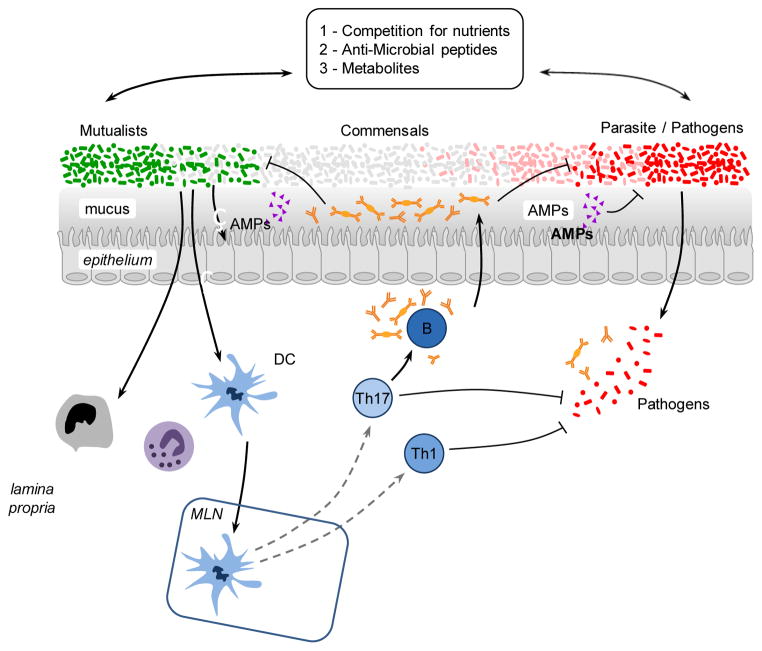Figure 3. Promotion of protective immunity by the microbiota.
The symbiosis between the microbiota and its mammalian host encompasses multiple of relationships including mutualistic, parasitic and commensal. The capacity of a given microbe, including the ones composing the microbiota, to trigger or promote disease is highly contextual and most microbes can shift from mutualist to commensal to parasite according to the state of activation of the host, co-infection or localization. Commensals can control microbes with pathogenic potential (as normal constituent of the microbiota or acquired) via distinct mechanisms. Commensals can compete for nutrients, produce antimicrobial molecules and metabolites that affect the survival and virulence of pathogens. Commensals can promote the production of antimicrobial peptides by epithelial cells and reinforce tight junctions. Commensals can modulate the function of dendritic cells and other innate cells both locally and systemically in a manner that promotes the induction of effector T and B cells responses against pathogens. When uncontrolled, this adjuvant property of the microbiota can promote inflammatory and autoimmune disorders.

